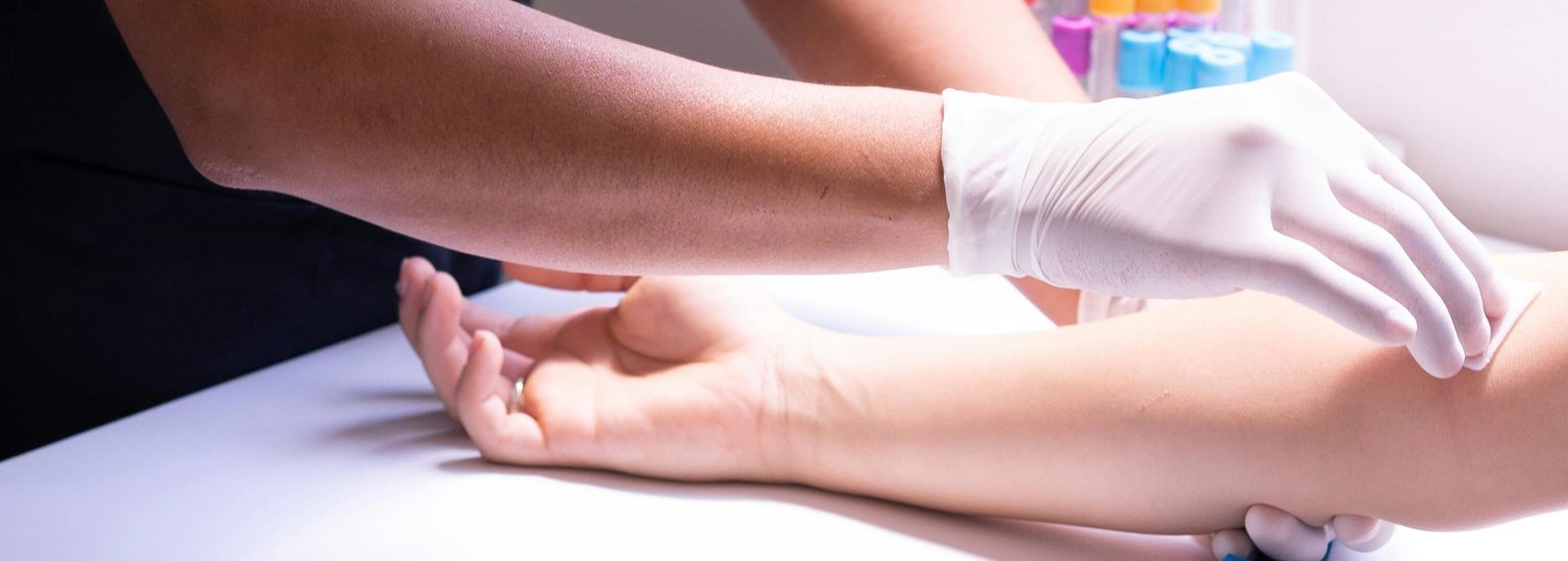Sign up to our newsletter
Get the latest news and views from Healthcare Central London, our member Practices and partners.
Prediabetes is a condition where your blood sugar levels are higher than normal, but not yet high enough to be diagnosed as Type 2 Diabetes. If left unmanaged, it can progress to full diabetes. But, with the right lifestyle changes, up to 50% of cases can be prevented or delayed.
The key is early action. By understanding your risk factors, monitoring your health, and making small but sustainable changes, you can significantly lower your chances of developing Diabetes.
Book a screening: Find your GP practice using our navigation map page. Call the number provided to book.
For a printable, more detailed version of this guide, download here.

The main way we screen for Prediabetes is with the HbA1c blood test. It measures your average blood sugar levels over the past 2-3 months. The results are given in mmol/mol:
If your levels fall in the Prediabetes range, it’s a clear signal to take steps to improve your health.
Multiple factors increase your likelihood of developing Prediabetes and Type 2 Diabetes:
South Asian, Afro-Caribbean, and African populations are 2–4 times more likely to develop Type 2 Diabetes than White Europeans, even at younger ages (risk rises after 25, vs. 40+ for White people).
Visceral fat (deep belly fat) is more metabolically harmful than subcutaneous fat (fat under the skin). This type of fat releases inflammatory chemicals that disrupt insulin function — and its effects are more pronounced in certain ethnic groups.
Why this could matter for you: If you’re of South Asian, Afro-Caribbean or African heritage, don’t wait for “obesity” thresholds used for White populations — your risk starts earlier. Aim for stricter waist targets (e.g. 90cm for South Asian men) to stay ahead of the risk.
Waist size is a strong indicator of Type 2 Diabetes risk, backed by research. Measure around your stomach at the midpoint between your ribs and hips.
If you’re a woman and your waist measurement exceeds 80cm (31.5 inches), it’s time to take action.
For men, a waist measurement beyond 94cm (37 inches) indicates high risk for Prediabetes and Type 2 Diabetes. However, for men of South Asian descent, this reduces to beyond 90cm (35 inches) instead, as people from this demographic are at much higher risk of type 2 diabetes generally.
For free support to quit smoking, you can access the NHS Smokefree Helpline: 0300 123 1044, or One You Westminster.
Prediabetes is a warning sign, but also an opportunity. By making simple, sustainable adjustments to your diet, activity levels, and lifestyle, you can dramatically lower your risk of type 2 diabetes.
Start today. Measure your waist, review your diet, and take that first walk — it all adds up.
For more personalised advice, contact:
Get the latest news and views from Healthcare Central London, our member Practices and partners.